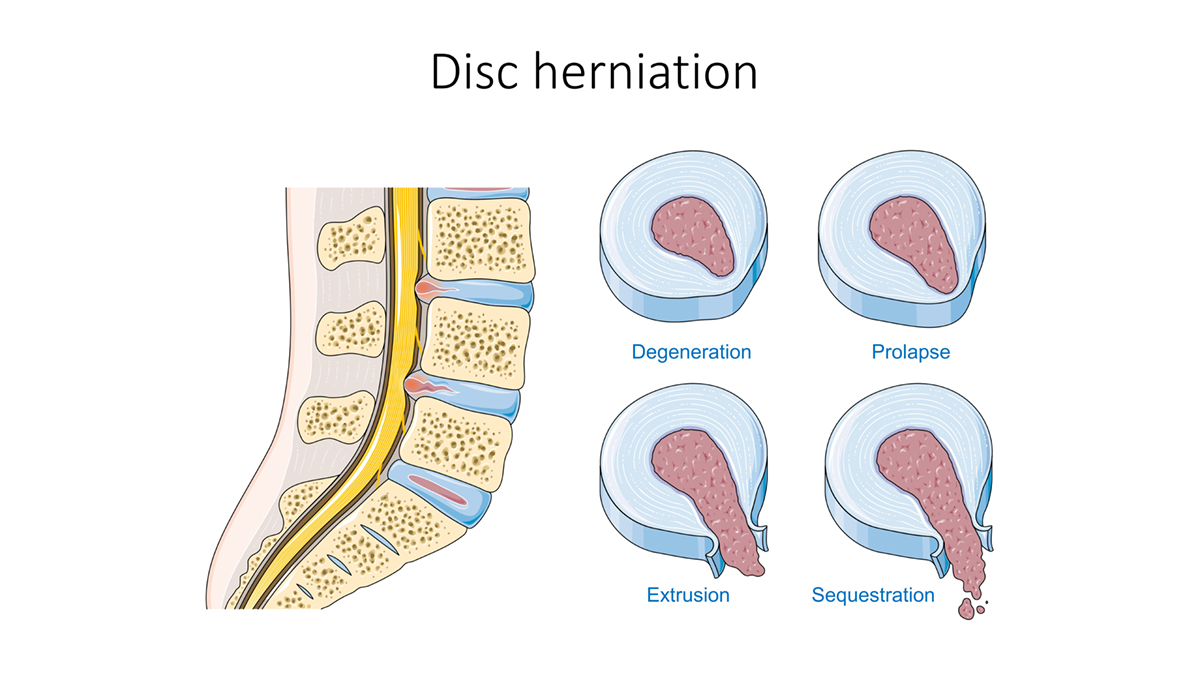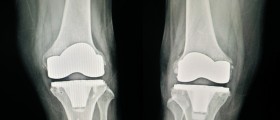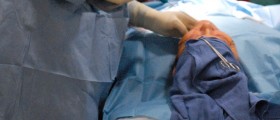
Slipped disk surgery
This surgery is done for unimproved symptoms, severe symptoms, extreme nerve compression and walking or standing difficulties. Some patients have severely impaired bladder function and weakness of the muscles. Usually, every tenth patient will require this surgery. The discectomy is the part of the surgery that implies the remove of the bulging area. This can be performed in few different ways and we will try to bring them as close as we can in the next text.
Open discectomy
For this operation, a local anesthesia is used and the bulging area will be removed in whole or just one part. The next possible type is prosthetic interververtebral disk replacement, which involves an artificial or prosthetic disk inserted in order to be the replacement for the slipped one. Patient will be under a general anesthesia for this operation. When this operation is done a part or complete disk will be replaced with one incision made in the spine, and the removed area will be replaced by the artificial one. It is important to say that the great majority of those who underwent this procedure stated that operation improved their life greatly.
Next type is endoscopic laser discectomy, which involves the use of endoscope, which is a tube with a camera on the top. It is inserted through the incision on the spine and for this operation, local or general anesthesia is used. With the use of a laser, the nerve compressed will be relieved. This nerve produces the pain felt. The study stated that 30% of those who underwent this operation used painkillers in fewer quantities, while 67% experienced easier movement after the first six months. This kind of operation is still in its pioneer days, so it is not very common.
Recovery
This operation may have to be repeated if the first one is not successful but generally, this operation is very successful and almost every patient experiences some kind of easing of the problems and symptoms. Usually patients are able to work after two to six weeks, but there are several possible complications and they are injury of the nerve, infection, temporary dysaesthesia and hemorrhage.
Just like with any other operation, consult your doctor about this operation, too. He will tell you what the positive sides are, but also what the negative ones are. Some studies have come with a result that lumbar spine affecting exercises may reduce the pain and help with the ability to function in the world. These exercises have to be done four to six weeks prior to the surgery.

















Your thoughts on this
Loading...